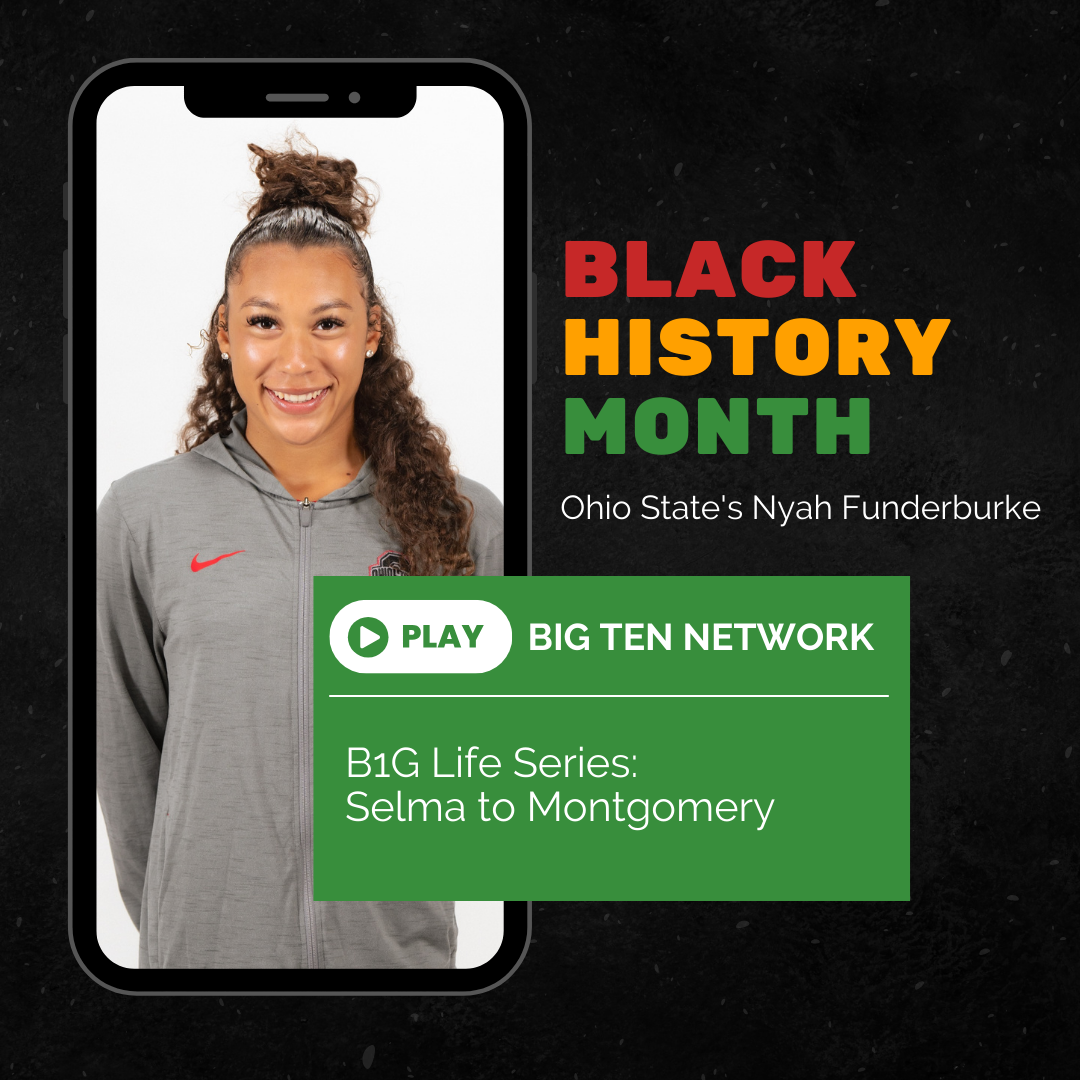The Era of Civil Rights and Beyond
The Era of Civil Rights and Beyond: What Have We Really Learned?

If you’re a non-Hispanic white, don’t get nervous. This article will not be a blame white America hit-piece. However, you’re certainly not off the hook. And if you’re a person of color (POC), you have a lot of work to do as well. As POCs, the role you and I play in bridging the racial divide will be just as significant as those in the majority group. Many whites, especially those with a conservative political bent, are uncomfortable revisiting a painful time in our nation’s blood-stained history. Slavery. Jim Crow. Civil rights. To them, going back does not equal forward progress. Valid point. But we must go back there so that freedom can be achieved right here — today in the opportunity diversity arena. Check this out. A lot of American blacks with ancestral ties to slavery still see themselves as foreigners in a land of limited opportunities. It’s hard to explain but quite easy to feel. That nagging sense to disconnect from any form of patriotic expression while reflecting on “the life, liberty, and pursuit of happiness” promise by our Founding Fathers. It seems that someone, something, or somewhere will remind us to get back in line when we step out of place. An insensitive comment (like the one I hear all the time, “Wow, I would have never guessed that you are a CFP.”) A distancing observation (such as this common phrase, “I don’t see color.”) An incredulous stare-down (along the lines of, “How did you people hear about this exclusive vacation spot?”) Covert racism is more insidious than the exploits of overt racists. As a black or brown individual, you’re often left holding the interpretation bag when an underhanded comment, off-the-wall observation, or judgmental stare-down misses the racial sensitivity mark. In 2024, this shouldn’t happen. Then again, it’s not that surprising.
When you see a need and don’t fulfill it, a lot of innocent people get hurt in the process.
It’s not what we, seasoned adults, have learned, those of us born between 1940 and 1980. But what our children and grandchildren have not learned — notably the integration of an opportunity diversity playbook to assist black and brown Americans on the fringes of society. Our two kids, Nyah and Eli, would often accompany Monya and I when our nonprofit organization offered empowerment programs to inner-city youth more than a decade ago. Though a minority, they witnessed firsthand how privileged their life was compared to other melanated children. Opportunity gets you to the door (which can be the result of color preference). Diversity of talent, work ethic, and competency keep it open. If we’re honest, two worlds exist in our black community. Those who have taken advantage of opportunities, a small minority. This group is often accepted, and in some cases, revered in mainstream society; they’ve been able to maximize and monetize a given skillset or engrained mindset. The other world? Those who are taken advantaged of by opportunists (which include gang-bangers, drug dealers, and “unity” peddlers who promote a common bond but cause internal rifts). This growing segment of the black population has struggled in finding and funding their value proposition in life, which has become an exhausting ordeal. Unfortunately, far too many of them just give up and live for the moment.
Nyah Funderburke is my oldest child. A college junior and communication’s major at Ohio State, she is blazing her own trail in the classroom and swimming pool as a dean’s list student, All Big Ten performer, and NCAA All-American swimmer. While fair complected, Nyah often blends in with her white teammates in the pool. Out of 75 male and female swimmers, she’s the only African American on the team. Very few black and brown swimmers compete at an elite level. Those who do, stand out. In high school, she shared this startling revelation with me. She said, “Daddy, my focus is to swim in lanes 4 or 5. When swimming in these lanes, the best lanes, you can impose your will on the other swimmers since the waves are pushed from the inside-out.” Fascinated, I asked, “What do you mean?” Nyah responded, “Those on the outside lanes, 1 and 8, have the toughest time. They’re in the worst swim lanes and must contend with the waves coming from the middle lanes and off the wall ….” I interrupted, “Wait, you can still win — your room for error is incredibly small, though.” She chimed in, “That’s right Daddy, just like the people you and Mommy help through LFYO. They may not see the waves, but eventually they’ll get so tired fighting against them.” Hmmm, the waves of injustice. Her assessment at sixteen was refreshing. Same pool, different race. Life outcomes (and swim results) will largely depend on a person’s lane assignment. Today, Nyah’s vantage point on race in America has broaden as a young adult. Last summer’s visit to Selma, Alabama, to march alongside other black and brown Big Ten athletes on the Edmund Pettus Bridge transformed her thinking on opportunity justice. Click the link below to watch Nyah’s Big Ten Network feature, which aired on February 9th. You can visit her website at www.NyahFunderburke.com.



